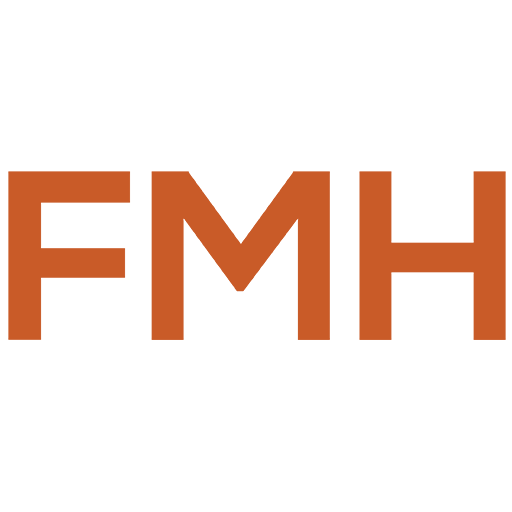
Harley Oil Change Clutch & Primary Chain Adjustment
Bob LaRosa & Mark DiPietroDescription
Bob and Mark teach you how to properly service important parts on your bike, including draining and replenishing the fluids, adjusting the clutch and the primary chain, inspecting the clutch cable and servicing the kickstand. They pinpoint a few problems to look for when servicing each of the parts, and give you some tips on how to deal with any of these possible problems. They also stress the importance of paying particular attention when removing and re-installing parts.
Next Video: Harley Sportster spark plugs replacement
Related Video: Finding Primary Chain Tight Spot
Premium Membership
Unlock exclusive member content from our industry experts.
- 24/7 Access to Premium Instructional Videos, Projects, and Tips
- Step-by-Step Guides and Demonstrations
- 50% Discount on Video Downloads in the Fix My Hog Shop
- Access to Ask the Expert Program
Unlock exclusive member content from our industry experts.
- 24/7 Access to Premium Instructional Videos, Projects, and Tips
- Step-by-Step Guides and Demonstrations
- 2 Full-Length Video Downloads to Watch Offline
- 50% Discount on Video Downloads in the Fix My Hog Shop
- Access to Ask the Expert Program
Gold Membership
$302 Value
Get everything included in Premium plus exclusive Gold Membership benefits.
- 24/7 Access to Premium Instructional Videos, Projects, and Tips
- Step-by-Step Guides and Demonstrations
- 16 Full-Length Video Downloads to Watch Offline
- Discounts on Purchase-to-Own Content in the Fix My Hog Shop
- Access to Ask the Expert Program
- Exclusive GOLD LIVE Streaming Events
- $8 Off Clymer and Haynes Service Manuals
Share tips, start a discussion or ask one of our experts or other students a question.
Already a member? Sign in
No Responses to “Harley Oil Change Clutch & Primary Chain Adjustment”